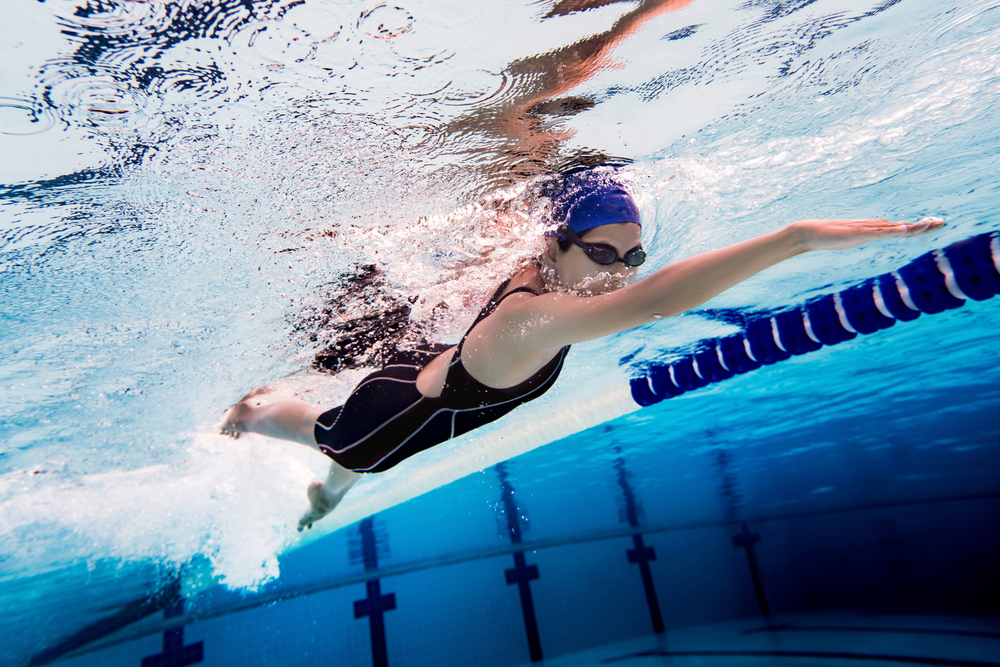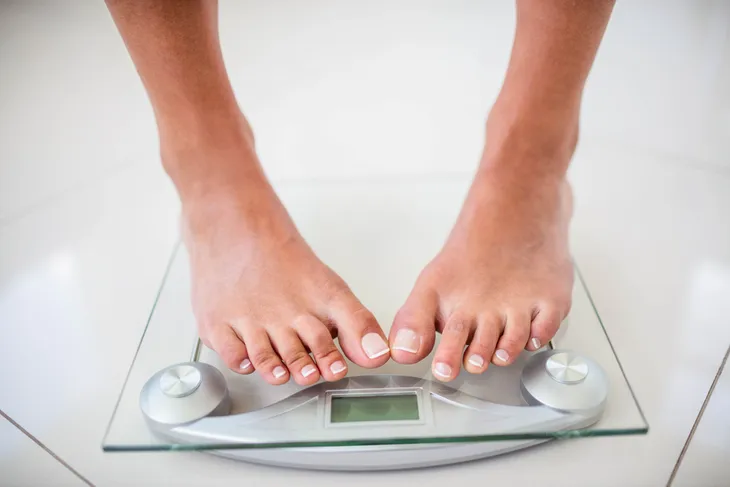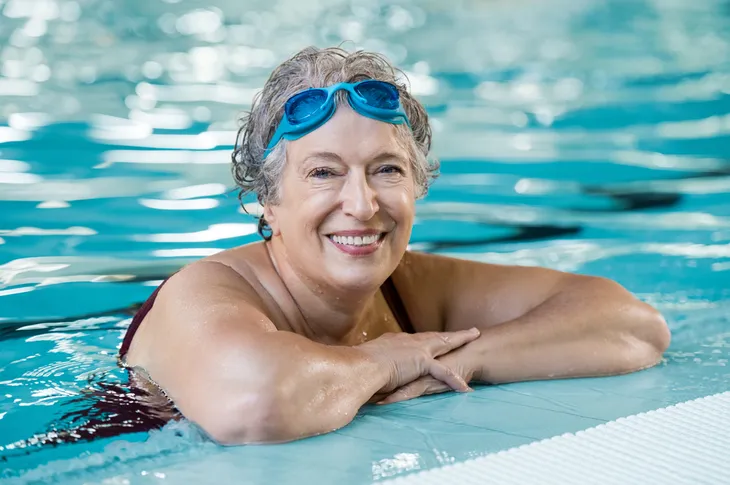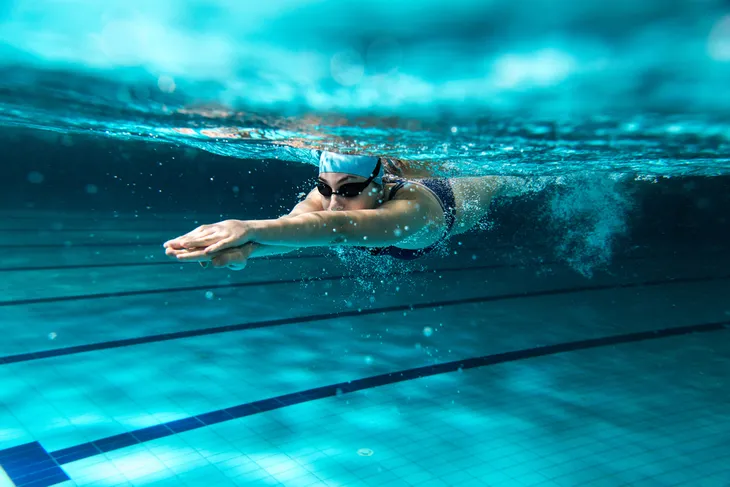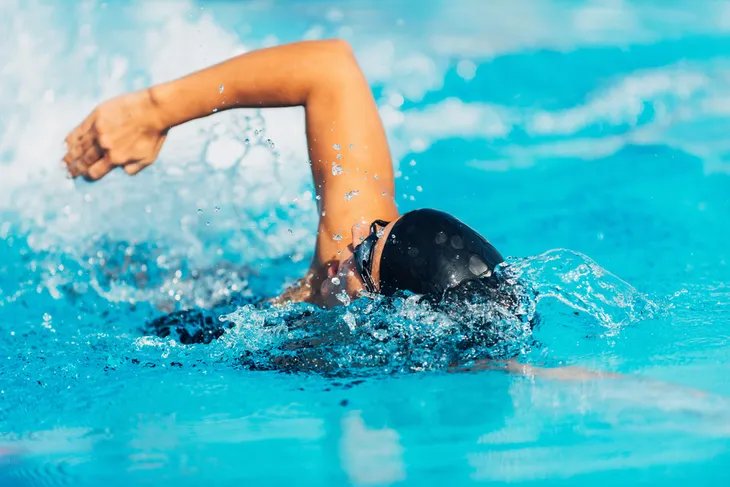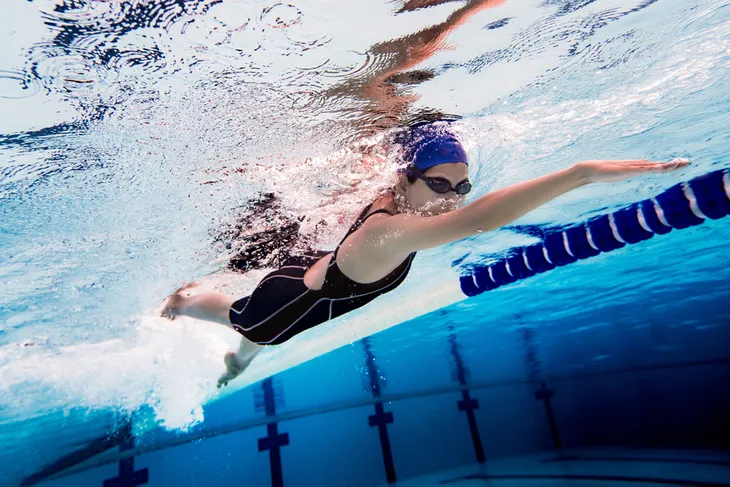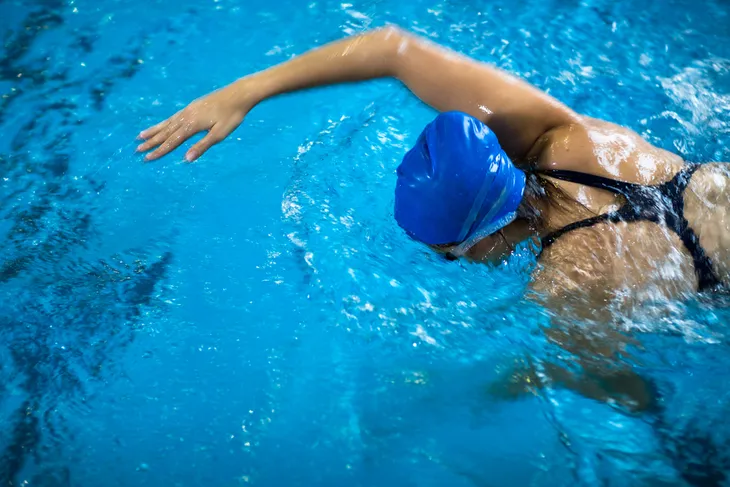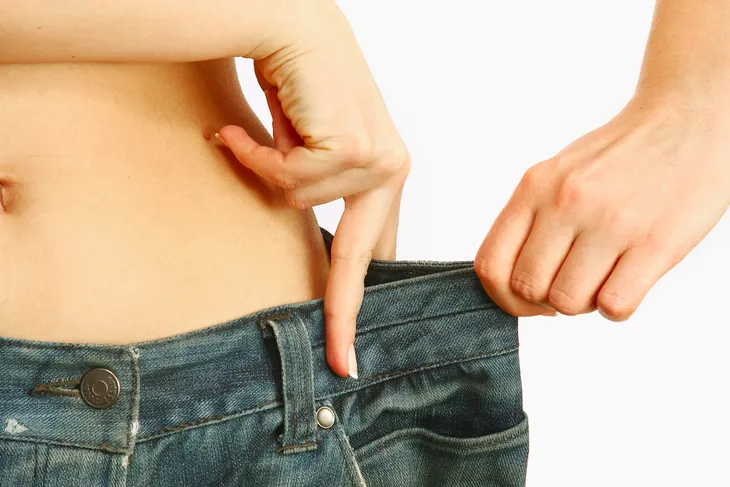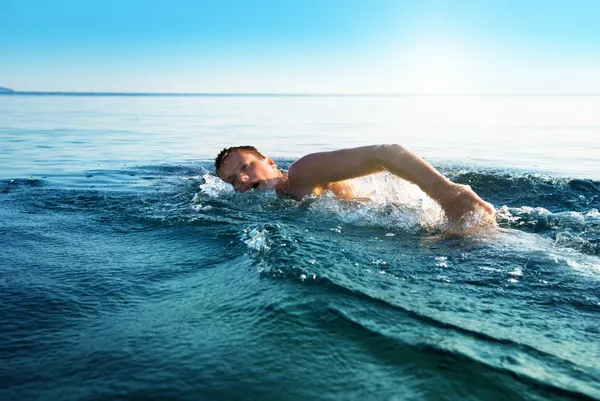So, you’re not really into running — maybe you have a lower-body injury or perhaps you just don’t enjoy doing it as a physical activity — and you don’t own a bike and you aren’t playing any particularly intense sports. What’s another option for getting a cardiovascular workout that can help you burn calories and build endurance?
One very good option: swimming. Not only is it an intense and effective workout, but swimming is generally low-impact, meaning it won’t wear down the joints in your lower half — including in your ankles, knees and hips — like running will. But let’s look at some more specific reasons to add swimming to your physical exercise regimen.
Build Endurance
Becoming a more durable physical specimen and building your cardiovascular health requires engaging in some fairly intense physical activities on a regular basis. But many of those activities present significant challenges to certain parts of our body; for example, the way running can wear down our joints and lead to issues like shin splints.
Enter swimming, which can help you burn calories and fat and improve your heart health without putting too much pressure on your bones and joints. Many fitness experts consider it equal to running and cycling (or spinning) in terms of helping people get in shape or maintain a healthy body weight.
Diversify Your Abilities
People tend to enjoy doing what they feel they truly excel at: in essence, if someone has built up an incredible endurance for running or cycling, there’s a good chance they’ll continue to enjoy it and make it their primary physical activity.
But there are some problems with that. Focusing on one type of physical activity alone will allow you to excel in that single area, but may not help you become a more capable athlete overall. And that could be an issue if you ever decide to participate in physical activities outside your immediate focus. By swimming, runners and cyclists can build new muscles that complement those they’ve already developed.
Boost Your Metabolism
Participating in a variety of fairly intense physical activities can help you give your metabolism a major boost, meaning it will help your body continue to burn through calories even when you’re not doing something physical.
This is especially effective if you supplement your swimming sessions with other types of cardiovascular exercise and strength building activities. For anyone hoping to make significant changes to their overall physical health, such as losing some body weight, this can be a huge help.
Avoid Injury, Potentially
Generally speaking, swimming is considered a low-impact physical activity, even though it offers the potential to help an individual burn a lot of calories in a relatively short amount of time.
Not only does this mean swimming can save you from sore knees, ankles, hips, and calves, but it could prevent some of the more dramatic injuries associated with activities like cycling, where participants find themselves moving down streets or along paths at significant speed. Chances are you know someone who has sustained a fairly serious cycling injury, and the same goes for many other intense physical activities.
Heal Up
If you’re a physically active person, then there’s a good chance you’ve sustained your fair share of pulled, strained, or even torn muscles. Maybe you’ve even fractured a bone or two. For those who love participating in intense and physically demanding activities, it all goes with the territory.
But what do you do to keep in shape while you’re recovering? Depending on the extent of the injury, you may be able to keep on track towards your athletic goals by swimming, which tends to place significantly less pressure on the bones and joints than many other sports or activities. Of course, make sure to run this idea by your trainer or family doctor before taking the next step.
Enhance Flexibility
Serious and casual athletes should always be thinking about improving their flexibility. There are a few reasons for that, but the first and foremost is this: the more flexible you are, the less likely you’ll be to sustain a significant muscle injury, such as spraining a muscle in your knee or groin.
Swimming can help build flexibility because it presents participants with lots of resistance without all the impact of other activities. There are also many different types of swimming, with each focusing attention on different muscle groups. In short, with swimming there’s huge potential to enhance flexibility and thereby reduce your chances of sustaining an injury that sidelines you for an extended period of time.
Mold Your Core
Building a stronger core should be a constant goal for those interested in becoming better athletes or anyone hoping to simply get in better shape. That’s because a stronger core can help us become more flexible and may alleviate pressure on other parts of our body, such as our lower back, reducing the potential for injuries.
Swimming offers an excellent core workout because it requires the participant to balance themselves in the water. You may not even notice how this leads to the tightening of the core muscles, but in reality a solid session in the pool can do more for your abdominal muscles than a series of crunches.
Build Stronger Legs
Running, cycling, and doing squats at the gym can all go a long, long way towards helping you build a stronger lower half, including more muscular legs. And that’s good for a few reasons: for one, stronger legs can help you excel at a wide variety of physical activities. Second, building lean muscle in the legs can help boost your metabolism, helping us burn calories even at rest.
Most forms of swimming require constant movement of the legs, but without all the undue pressure placed on the muscles, bones and joints by activities like jogging. Just keep in mind that swimming probably won’t do as much for your lower half as some other physical activities.
Stronger Arms, Shoulders
What’s one of the primary drawbacks of cardiovascular exercises like running and cycling? Answer: they don’t do a lot to work out your upper body muscles, including the arms, shoulders, or chest.
Compare that to swimming, which places a huge amount of pressure on these muscle areas. Put simply, you can’t go far in the pool without making a significant effort using your upper body — your arms, shoulders and chest all play crucial roles in helping propel you forward, no matter the stroke type. So, if you’re tired of arm curls, push ups, and bench presses, go for a dip and do some laps in the nearest pool.
Compete
There are many cardiovascular activities that can be enjoyed with others, and swimming is definitely one of them. Because you’re typically confined to a relatively small space, a pool, swimming can double as an intense physical activity and a great place to meet and get to know others.
And, given that most people wear a lot less clothing when they swim, it can also be a great place to find other people you find physically attractive — making swimming an excellent activity for meeting potential partners!
Weight Loss
If you take swimming seriously as a cardiovascular activity and a way to burn calories and fat, then it can be an excellent weight loss tool. The key is to make sure your heart is pumping, which usually means pushing yourself to the point where you run out of breath. In this case, you can shed pounds in a reasonable amount of time.
Additionally, simply being put in a position where you must don a bathing suit can be enough motivation to get in better shape. Of course, you should consider running the idea by your doctor if you have any physical health concerns.
Learn a Life-Saving Skill
Learning to become an effective swimmer is about more than just burning calories and fat and becoming a more complete athlete. And it’s definitely about more than looking good in a bathing suit or preparing for a triathlon.
Challenging yourself to become an effective swimmer could actually save your life someday, should you be put in a position where swimming becomes a life-or-death situation. It may also help you save the life of someone else, should they get in trouble in the water. Use this thought as a way to help motivate yourself to continue pushing to become a better swimmer each time you go to the pool.
